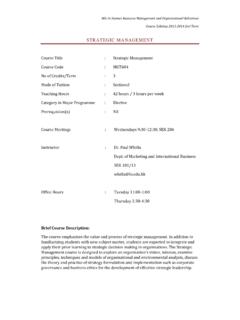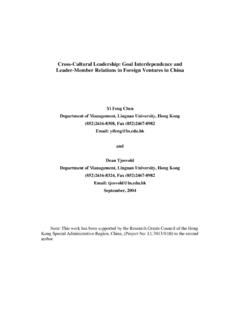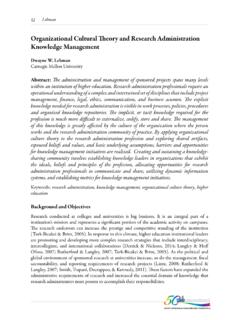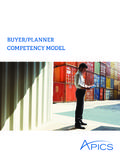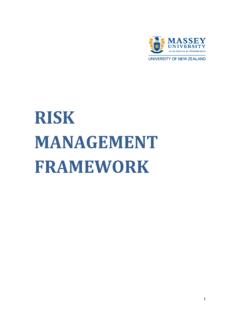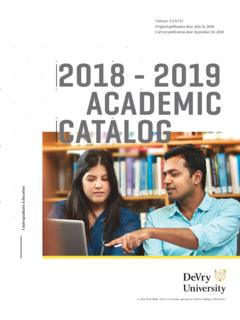Transcription of Project Management Policy and Procedure - Lingnan …
1 Lingnan University Project Management Policy and Procedure Revision History Version Prepared By Approved By Date Revision ITSC Teaching, Learning and Information Services Management Board (TLISMB) 20 Feb 2014 Initial version ITSC Prof. Seade, Chairman of TLISMB (Chairman s action) 4 April 2014 Diagram 1 Revised Table of Contents OVERVIEW .. 1 PURPOSE .. 2 SCOPE .. 2 Policy STATEMENT .. 3 Procedure .. 4 ROLES AND RESPONSIBILITIES .. 5 Project STANDARDS .. 7 REFERENCES .. 7 Appendix 1 Criteria for Sizing a Project .. 8 Appendix 2 The Project Management Process.
2 11 Appendix 3 Standard Set of Templates .. 13 OVERVIEW Information Technology Services Centre (ITSC) is committed to continuously improve the delivery of information technology (IT) solutions within budget and scope, on schedule, and contributes to accomplishing the University s strategic mission. A unified Project Management Policy and Procedure promotes consistency and better control of IT projects, thereby reduces risks and increases the chance of Project successes. This Project Management Policy and Procedure is based on the worldwide accepted principles of the PRINCE2 methodology.
3 It does not cover how to perform Project Management . It does, however, include the procedures with various tools that can be used for the Management of projects. An IT Project is defined as an endeavor undertaken by or on behalf of the university which: Has clearly defined beginning and ending dates; Provides suitable/appropriate technology products or services; Classifies based upon cost and complexity; Fulfills a defined business objective to improve business processes to a department or to the university; and Incorporates improvements to the technology architecture through new or existing systems.
4 This document sets out how IT projects involving ITSC should be managed. Projects can be of varying size and complexity, some smaller size projects do not require the carrying out of every process. This Policy and Procedure follows the threefold division of Project Management set out by PRINCE2: Project initiation, Project implementation and Project closure. PRINCE2 recommends that each of these stages should be controlled with an emphasis on initiation. Past experience has shown that the better and more comprehensive the pre-implementation planning, the greater the likelihood of success.
5 1 PURPOSE The expected outcome of implementing this standard is to increase IT Project success through Management commitment and implementation of a best practice based Project Management methodology, and the establishment of defined processes that measure and evaluate Project progress throughout the Project lifecycle. This document describes the essential elements in the Management of all projects. The objectives of this Policy and Procedure are to ensure that: Projects are effectively managed within the limitations of scope, quality, resources (time and budget) and risk; Appropriate governance and control is established; Communication, quality and risk Management plans are developed and executed throughout a Project s lifecycle; Appropriate authorization and acceptance is established throughout the life of a Project ; Stakeholders communication are inclusive.
6 And Post implementation reviews are conducted and actively used to improve the conduct of Project delivery. To achieve these objectives, the elements of this Project Management Policy and Procedure must be included in the initiation (planning), implementation (execution) and closure (sign-off). The Policy and Procedure in this document help ITSC, with the participation of users, to deliver IT projects on scope and schedule. Project Management also helps to define the Project scope, schedule, risks, budget, resources, status reports, and issue resolution.
7 SCOPE IT projects involving ITSC that are considered to be major are to comply with this Policy and Procedure . The criteria for sizing a Project and whether the Project should be considered as major are determined and reviewed by the Information Technology Prioritization and Oversight Committee (ITPOC) from time-to-time. An example of the criteria is attached in Appendix 1. 2 Policy STATEMENT 1. ITPOC is a business-led IT governance group that sets IT Project priorities while the TLIS Management Board oversees the Management and budget allocation for ITSC.
8 2. ITSC provides a complete list of projects including those AA&I projects approved by UGC, and system/service maintenance/upgrade to the ITPOC, so that the ITPOC would have a complete overview of the IT projects. 3. A major Project requires a member of the University Senior Management to act as the Project Executive for the duration of the Project , from initiation through to Project closure. 4. A Project Mandate applies to whatever information is used to trigger the Project . The Project Mandate should provide the terms of reference for the Project and should contain sufficient information to identify at least the prospective Executive of the Project Board.
9 5. For non-ITSC IT Project , a Project Mandate is to be provided by the requester and where appropriate, approved by the Department Head concerned. 6. A Project Manager must be appointed after the Project Mandate is authorized. Project outside of ITSC should normally have a Project Manager from a business unit/area who initiated the Project request and has the knowledge, experience, skills and available time to manage the Project . 7. Projects require the establishment of a Project Board and a Project Team under the guidance of a Project Manager at the planning phase.
10 8. Budget, risk and status reports must be sent to the Project Executive and included at Project Board meetings. Project Management , communication, risk and quality plans are to be endorsed by Project Board. 9. Any major development changes affecting the scope, budget, and/or timeline should be referred back to the initiating requester and/or department, and where appropriate be re-submitted to ITPOC for priority setting. 10. All projects should include a business/user acceptance phase. 11. The Project Board, on advice from the Project Manager will determine the Project closure.
